
The Cahuinarí National Natural Park was created under executive resolution No. 190 of October 19, 1987 (National Parks of Colombia, 2020). It is located in the northern and central sectors of the Caquetá-Putumayo river system and has an area of 575,500 hectares.
In it are the Cahuinarí and Bernardo rivers, within the department of the Colombian Amazon.
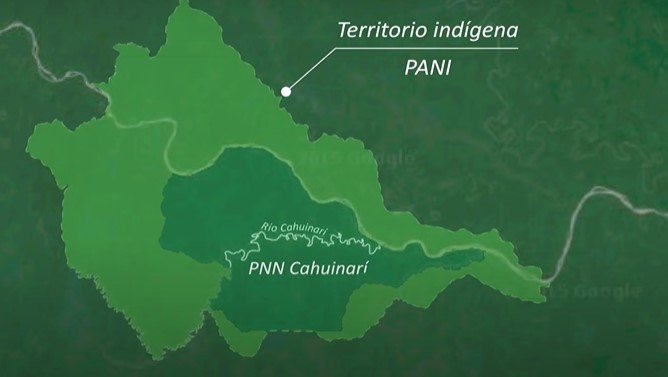

How to get to the Cahuinarí National Park?
In relation to the access roads to the Cahuinarí National Natural Park, there are two ways to get there.
On the one hand, it can be accessed from the town of Araracuara, navigating the Caquetá River to the mouth of the Cahuinarí River, where the Ministry of the Environment cabin is located, once you have navigated some 320 km.
On the other hand, you can navigate from La Pedrera, going up the Caquetá River to the mouths of the Cahuinarí or Bernardo River, approximately in an eight-hour journey by boat with an outboard motor (Organización Colparques, 2020).

Flora and fauna of the Amazon in the Cahuinarí National Park
The flora of the park corresponds to tropical humid forest with a great diversity of plant formations. You can see treesover 40 meters tall, tabular roots and a large presence of epiphytes and parasites (Ecured, 2020).
In the protected area of the park, tall and well-developed forests are evident; Combinations of low forest with dense undergrowth are also observed, as well as high forest with little presence of palms.
January 27, 2020
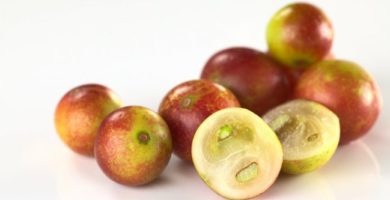
Camu-camu: benefits, Super-Vitamin C and where to buy
January 10, 2020
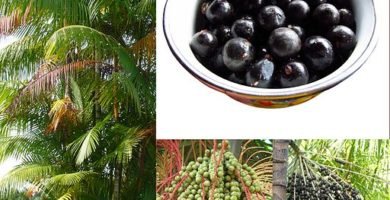
Acai, asai, asaí or açaí: a fruit that cures EVERYTHING!
October 20, 2019
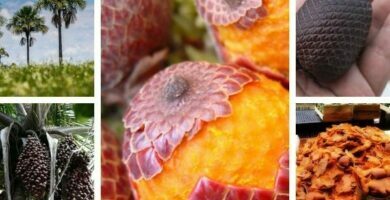
Mauritia Flexuosa: “The tree of life” (Buriti or Moriche palm)
Among the plant species of the floristic wealth of this park, the following stand out: the heart of palm (Euterpe oleracea), the asaí (Euterpe precatoria), the canangucha (Mauritia flexuosa), the chambira (Astrocaryum chambira), the palm called “milpesos” (Oenocarpus bataua), the caimarona grape (Maclenia rupestris), the macoubea (Macoubea guianensis), the icaco (Chrysobalanus icaco), the platonia (platonia insignes), the arazá (Eugenia stipitata), the cedar (Cedrela sp.), the granadillo (Platymiscium sculatum), the hachapo (Pithecellobium cateniformis), the noli (Elaeis oleifera), the tara (Simaoruba glauca), and the kapok(Ceiba pentandra) (Organización Colparques, 2020).
Animals of the Amazon in this national park of the Colombian jungle
On the other hand, the forests of Cahuanarí are home to a great diversity of species animals, including reptiles such as the charapa turtle (Podocnemis expansa), the largest freshwater quelonian in America and perhaps in the world, in danger of extinction; the taricaya tortoise (P. unifilis), the morrocoy (Geochelona denticulata) and (G. carbonaria), alligator babillas (sclerops, Paleosuchus trigonatus) and the black alligator (Melanosuchus niger);
You can also see birds such as the white heron (Casmerodius albus), the night heron (Nyctiocorax nyctiocorax), the macawsand parrots (Ara ararauna; A. macao; Amazona amazónica);
With regard to mammals, the anteater (Myrmecophaga tridactyla), various primates such as the cotudo (Alouatta seniculus), the sogui sogui (Callicebus torquatus), the night monkey (Potus flavus); the tapir (Tapirus terrestres), the deers (Mazama americana y M. gouazobira), the butterfly tiger (Panthera onca), among other species (Colparques Organization, 2020).
October 6, 2020

Charapa or arrau turtle (Podocnemis expansa)
July 1, 2020
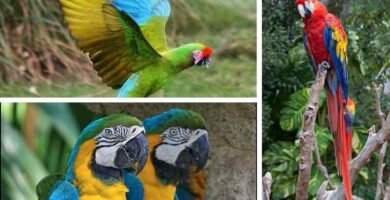
Macaws
April 22, 2020
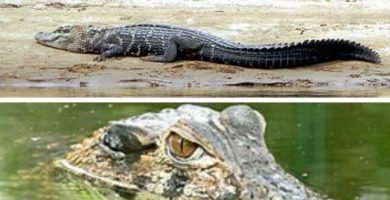
Black Caiman – A rare crocodile species
February 15, 2020
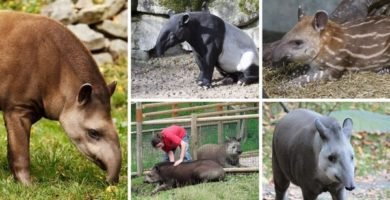
South American Tapir (Tapirus terrestris)
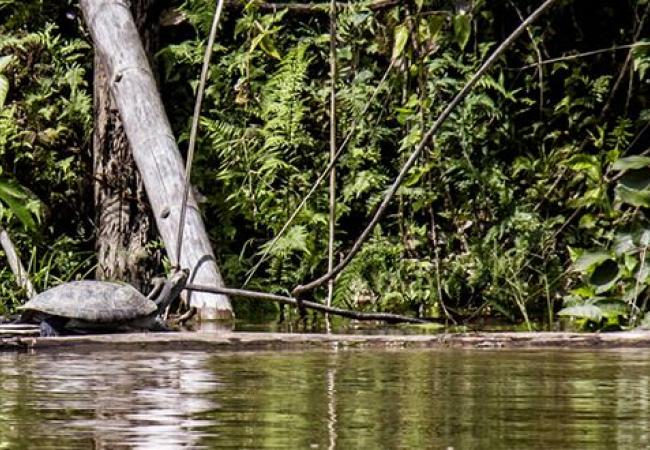
Likewise, the park has geological formations and different types of soils, the petroglyphs being of great importance to the shamansbelonging to the indigenous communities of the region such as the Boras and Mirañas (Ecured, 2020).
Documentary video produced by the Cahuinarí National Park
References
- Ecured. 2020. Parque Nacional Natural Cahuanarí, recuperado de https://www.ecured.cu/Parque_Nacional_Natural_Cahuinar%C3%AD.
- Organización Colparques. 2020. Cahuanarí. Parque Natural Nacional, recuperado de http://www.colparques.net/CAHUINARI.
- Parques Nacionales de Colombia. 2020. Parque Nacional Natural Cahuinarí, recuperado de https://www.parquesnacionales.gov.co/portal/es/parques-nacionales/parque-nacional-natural-cahunari/.

Economist (Central University of Venezuela). Full professor and researcher attached to the “Edgar Abreu Olivo” Agrifood Research Center, Universidad de Los Andes. Doctor from the University of La Laguna (Spain). Award “One of the 10 most consulted authors of the Saber ULA university portal” (2005); prize in the III Essay Contest of the Central Bank of Venezuela BCvoz Economico, 2016, with the work “Theobroma cacao: transformation and consumption of the “food of the gods” in Venezuela and the world” (co-authored).
This post is also available in:
![]() Español (Spanish)
Español (Spanish)
